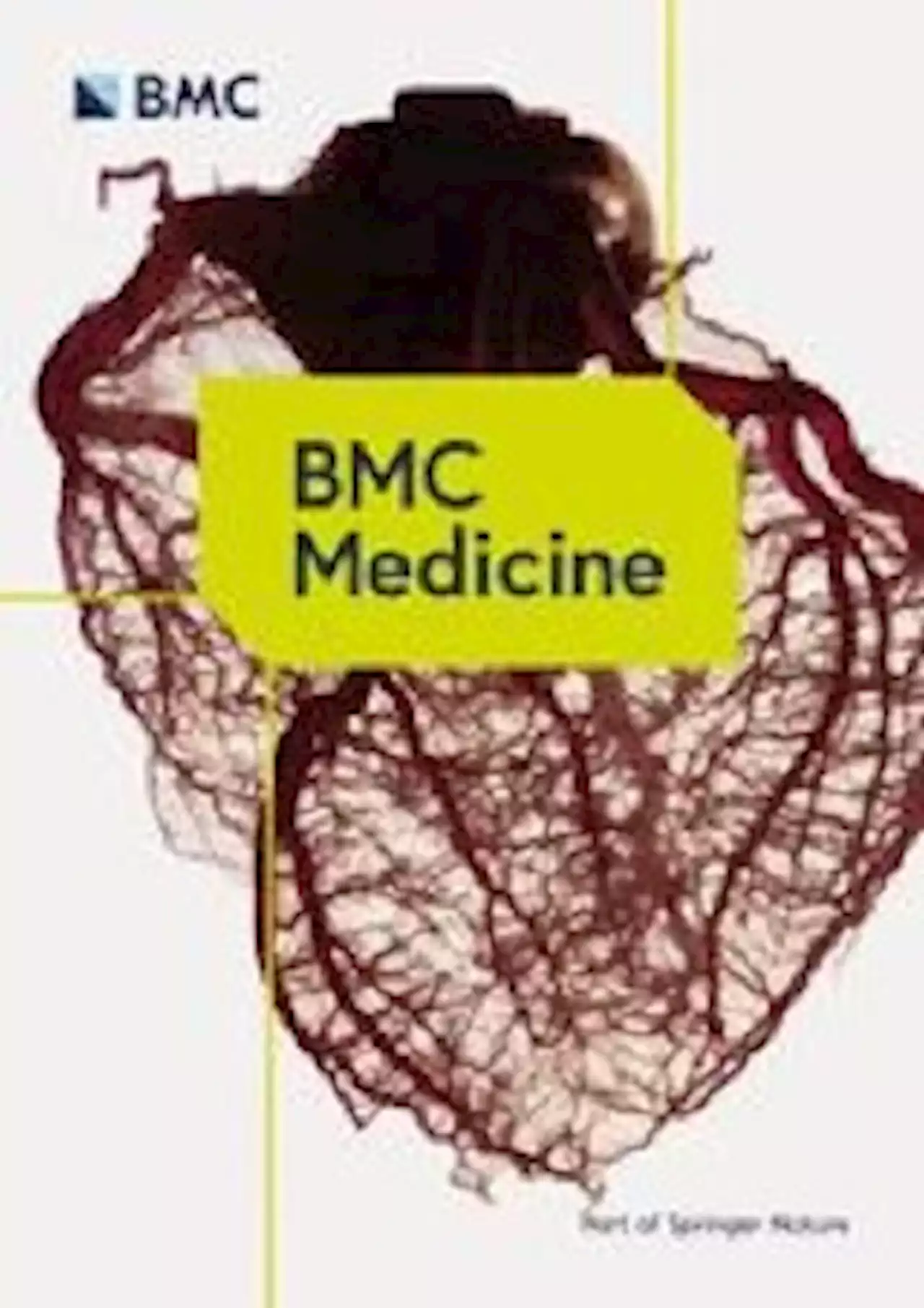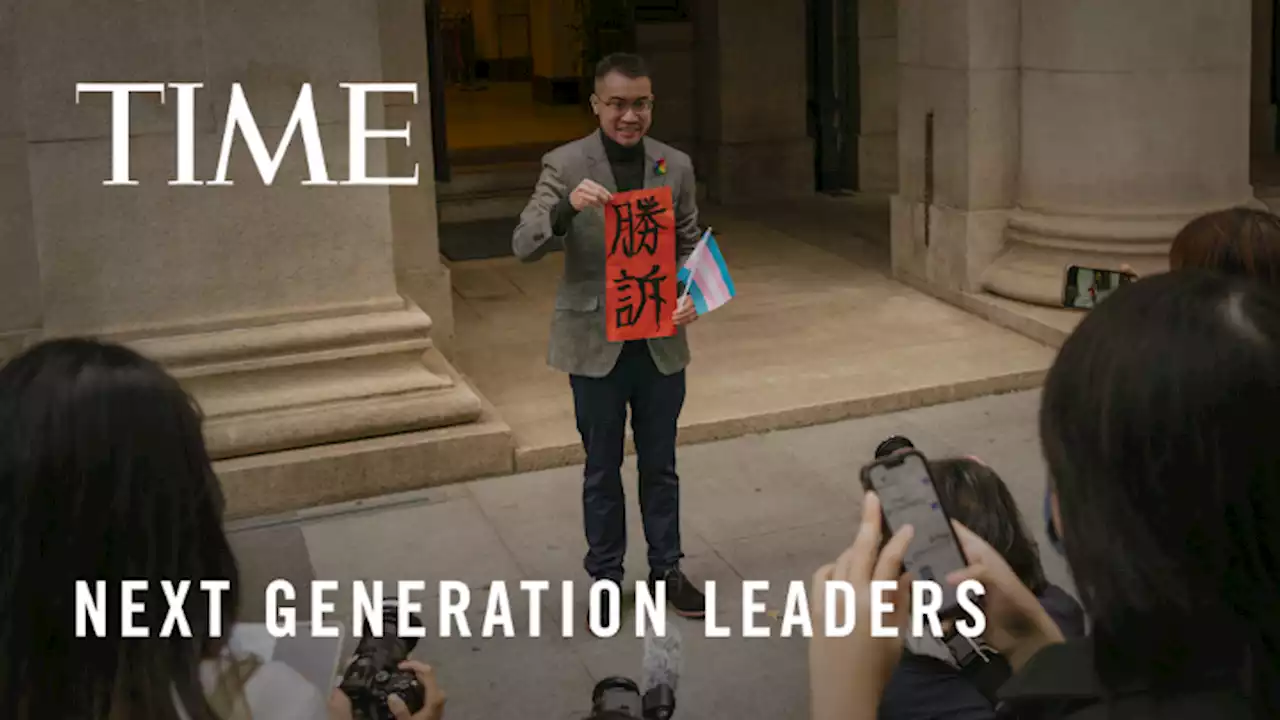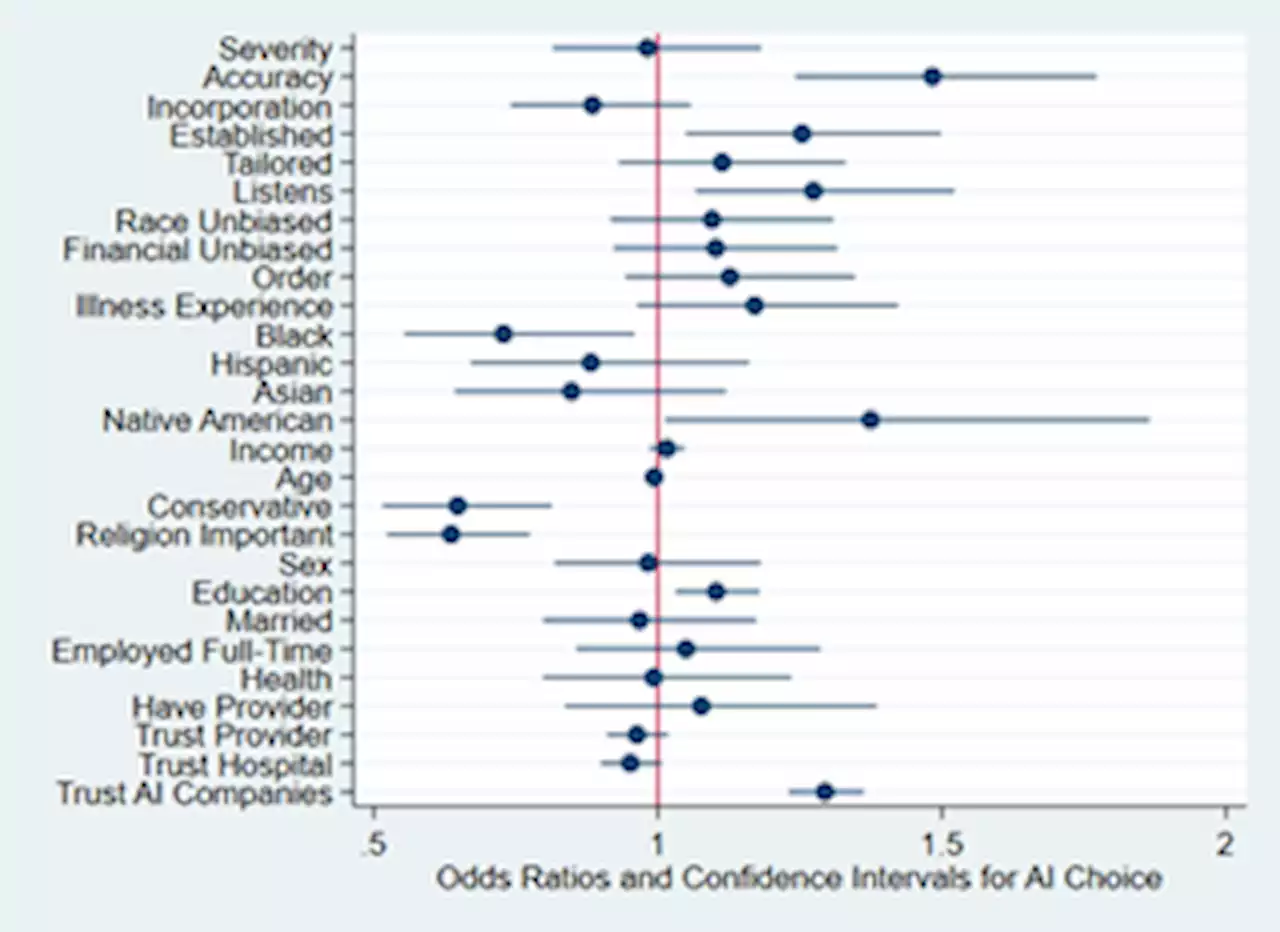Equality and Human Rights Commission chair faces probe over claims of 'toxic environment' Staffers claim that the human rights body is being 'used by government ministers to help them achieve their political interests'
One figure told Channel 4 News: “I think the EHRC was being used by government ministers to help them achieve their political interests around some of these cultural issues, and I think that’s incredibly dangerous, because the EHRC is supposed to be the independent watchdog on equality and human rights.”
“We have a duty to deal with complaints in confidence. We are also required to protect the integrity of internal investigations. We urge all media to avoid prejudicing the outcome. He added: “We treat allegations of bullying and harassment with the utmost seriousness, following the proper process, and instructing independent investigators where appropriate, in order to provide assurance to all parties concerned. It would be wrong to comment on specifics when investigations are ongoing.
Baroness Falkner said: “It was considered appropriate to investigate the allegations through an independent investigator. While that process continues, all I can do is explain that allegations were received in February in my capacity as Chair of the Commission. They relate to both me and to the whole Board.
United Kingdom Latest News, United Kingdom Headlines
Similar News:You can also read news stories similar to this one that we have collected from other news sources.
 U.N. Paints Stark Picture of Extreme Weather's Human, Economic Toll Over Past 50 YearsWeather disasters over the past half-century have killed over 2 million people, causing $4.3 trillion in economic loss, finds new UN report
U.N. Paints Stark Picture of Extreme Weather's Human, Economic Toll Over Past 50 YearsWeather disasters over the past half-century have killed over 2 million people, causing $4.3 trillion in economic loss, finds new UN report
Read more »
 The impact of metabolic endotoxaemia on the browning process in human adipocytes - BMC MedicineBackground Dysfunctional adipose tissue (AT) is known to contribute to the pathophysiology of metabolic disease, including type 2 diabetes mellitus (T2DM). This dysfunction may occur, in part, as a consequence of gut-derived endotoxaemia inducing changes in adipocyte mitochondrial function and reducing the proportion of BRITE (brown-in-white) adipocytes. Therefore, the present study investigated whether endotoxin (lipopolysaccharide; LPS) directly contributes to impaired human adipocyte mitochondrial function and browning in human adipocytes, and the relevant impact of obesity status pre and post bariatric surgery. Methods Human differentiated abdominal subcutaneous (AbdSc) adipocytes from participants with obesity and normal-weight participants were treated with endotoxin to assess in vitro changes in mitochondrial function and BRITE phenotype. Ex vivo human AbdSc AT from different groups of participants (normal-weight, obesity, pre- and 6 months post-bariatric surgery) were assessed for similar analyses including circulating endotoxin levels. Results Ex vivo AT analysis (lean & obese, weight loss post-bariatric surgery) identified that systemic endotoxin negatively correlated with BAT gene expression (p | 0.05). In vitro endotoxin treatment of AbdSc adipocytes (lean & obese) reduced mitochondrial dynamics (74.6% reduction; p | 0.0001), biogenesis (81.2% reduction; p | 0.0001) and the BRITE phenotype (93.8% reduction; p | 0.0001). Lean AbdSc adipocytes were more responsive to adrenergic signalling than obese AbdSc adipocytes; although endotoxin mitigated this response (92.6% reduction; p | 0.0001). Conclusions Taken together, these data suggest that systemic gut-derived endotoxaemia contributes to both individual adipocyte dysfunction and reduced browning capacity of the adipocyte cell population, exacerbating metabolic consequences. As bariatric surgery reduces endotoxin levels and is associated with improving adipocyte functionality, this may provide further evid
The impact of metabolic endotoxaemia on the browning process in human adipocytes - BMC MedicineBackground Dysfunctional adipose tissue (AT) is known to contribute to the pathophysiology of metabolic disease, including type 2 diabetes mellitus (T2DM). This dysfunction may occur, in part, as a consequence of gut-derived endotoxaemia inducing changes in adipocyte mitochondrial function and reducing the proportion of BRITE (brown-in-white) adipocytes. Therefore, the present study investigated whether endotoxin (lipopolysaccharide; LPS) directly contributes to impaired human adipocyte mitochondrial function and browning in human adipocytes, and the relevant impact of obesity status pre and post bariatric surgery. Methods Human differentiated abdominal subcutaneous (AbdSc) adipocytes from participants with obesity and normal-weight participants were treated with endotoxin to assess in vitro changes in mitochondrial function and BRITE phenotype. Ex vivo human AbdSc AT from different groups of participants (normal-weight, obesity, pre- and 6 months post-bariatric surgery) were assessed for similar analyses including circulating endotoxin levels. Results Ex vivo AT analysis (lean & obese, weight loss post-bariatric surgery) identified that systemic endotoxin negatively correlated with BAT gene expression (p | 0.05). In vitro endotoxin treatment of AbdSc adipocytes (lean & obese) reduced mitochondrial dynamics (74.6% reduction; p | 0.0001), biogenesis (81.2% reduction; p | 0.0001) and the BRITE phenotype (93.8% reduction; p | 0.0001). Lean AbdSc adipocytes were more responsive to adrenergic signalling than obese AbdSc adipocytes; although endotoxin mitigated this response (92.6% reduction; p | 0.0001). Conclusions Taken together, these data suggest that systemic gut-derived endotoxaemia contributes to both individual adipocyte dysfunction and reduced browning capacity of the adipocyte cell population, exacerbating metabolic consequences. As bariatric surgery reduces endotoxin levels and is associated with improving adipocyte functionality, this may provide further evid
Read more »
 He Won a Landmark Trans Rights Case in Hong Kong—But His Work Is Just BeginningMonths after the victory, Henry Tse and other advocates continue to protest the stalled implementation of the ruling
He Won a Landmark Trans Rights Case in Hong Kong—But His Work Is Just BeginningMonths after the victory, Henry Tse and other advocates continue to protest the stalled implementation of the ruling
Read more »
 I could barely keep it together in this free game where you're the president trying to hide that he's an alienFaking It casts you as President Hugh Mann, a normal guy with nothing to hide as he addresses the constituents of his great nation.
I could barely keep it together in this free game where you're the president trying to hide that he's an alienFaking It casts you as President Hugh Mann, a normal guy with nothing to hide as he addresses the constituents of his great nation.
Read more »
 Diverse patients’ attitudes towards Artificial Intelligence (AI) in diagnosisArtificial intelligence (AI) has the potential to improve diagnostic accuracy. Yet people are often reluctant to trust automated systems, and some patient populations may be particularly distrusting. We sought to determine how diverse patient populations feel about the use of AI diagnostic tools, and whether framing and informing the choice affects uptake. To construct and pretest our materials, we conducted structured interviews with a diverse set of actual patients. We then conducted a pre-registered (osf.io/9y26x), randomized, blinded survey experiment in factorial design. A survey firm provided n=2675 responses, oversampling minoritized populations. Clinical vignettes were randomly manipulated in eight variables with two levels each: disease severity (leukemia versus sleep apnea), whether AI is proven more accurate than human specialists, whether the AI clinic is personalized to the patient through listening and/or tailoring, whether the AI clinic avoids racial and/or financial biases, whether the Primary Care Physician (PCP) promises to explain and incorporate the advice, and whether the PCP nudges the patient towards AI as the established, recommended, and easy choice. Our main outcome measure was selection of AI clinic or human physician specialist clinic (binary, “AI uptake”). We found that with weighting representative to the U.S. population, respondents were almost evenly split (52.9% chose human doctor and 47.1% chose AI clinic). In unweighted experimental contrasts of respondents who met pre-registered criteria for engagement, a PCP’s explanation that AI has proven superior accuracy increased uptake (OR=1.48, CI 1.24–1.77, p | .001), as did a PCP’s nudge towards AI as the established choice (OR=1.25, CI: 1.05–1.50, p=.013), as did reassurance that the AI clinic had trained counselors to listen to the patient’s unique perspectives (OR=1.27, CI: 1.07–1.52, p=.008). Disease severity (leukemia versus sleep apnea) and other manipulations did not affect AI upt
Diverse patients’ attitudes towards Artificial Intelligence (AI) in diagnosisArtificial intelligence (AI) has the potential to improve diagnostic accuracy. Yet people are often reluctant to trust automated systems, and some patient populations may be particularly distrusting. We sought to determine how diverse patient populations feel about the use of AI diagnostic tools, and whether framing and informing the choice affects uptake. To construct and pretest our materials, we conducted structured interviews with a diverse set of actual patients. We then conducted a pre-registered (osf.io/9y26x), randomized, blinded survey experiment in factorial design. A survey firm provided n=2675 responses, oversampling minoritized populations. Clinical vignettes were randomly manipulated in eight variables with two levels each: disease severity (leukemia versus sleep apnea), whether AI is proven more accurate than human specialists, whether the AI clinic is personalized to the patient through listening and/or tailoring, whether the AI clinic avoids racial and/or financial biases, whether the Primary Care Physician (PCP) promises to explain and incorporate the advice, and whether the PCP nudges the patient towards AI as the established, recommended, and easy choice. Our main outcome measure was selection of AI clinic or human physician specialist clinic (binary, “AI uptake”). We found that with weighting representative to the U.S. population, respondents were almost evenly split (52.9% chose human doctor and 47.1% chose AI clinic). In unweighted experimental contrasts of respondents who met pre-registered criteria for engagement, a PCP’s explanation that AI has proven superior accuracy increased uptake (OR=1.48, CI 1.24–1.77, p | .001), as did a PCP’s nudge towards AI as the established choice (OR=1.25, CI: 1.05–1.50, p=.013), as did reassurance that the AI clinic had trained counselors to listen to the patient’s unique perspectives (OR=1.27, CI: 1.07–1.52, p=.008). Disease severity (leukemia versus sleep apnea) and other manipulations did not affect AI upt
Read more »
